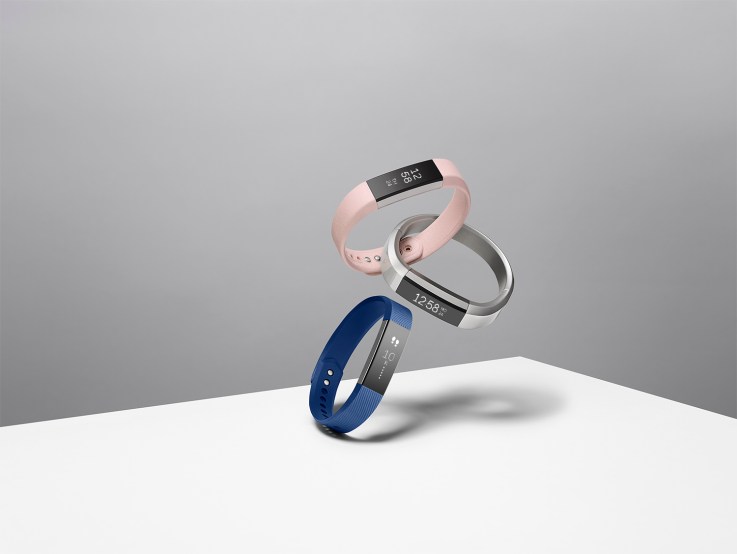
Meet the new face of Fitbit. Called Alta, this new $130 fitness tracker is set to invigorate the company’s aging product line — if it’s not too late.
The Alta is packed with the standard affair of Fitbit abilities, lacking only heart rate monitoring. Inside the band is activity tracking, sleep tracking, move reminders, a clock and smartphone notifications. The Alta even has the ability to swap bands and Fitbit of course is selling a wide variety of different styles. The Alta is available in a range of colors and textures.
Fitbit expects to start shipping the Alta in North America this March followed by a worldwide release in April. The band itself will sell for $130, with additional bands available for $30, $60 and $100.
This is the company’s first mainstream product launch since January 2015 when the company started shipping the Charge HR — which itself was just a followup to a previous Fitbit product. Fitbit is likely counting on the Alta to keep the company at the forefront of the fitness tracker scene.
The Alta comes just weeks after Fitbit announced the Blaze smart fitness watch at CES 2016. At $200 the Blaze is a fine fitness tracker with customizable watch faces and bands but it launches to a crowded market full of smart watches and more advance fitness trackers available at similar prices. Fitbit’s stock price quickly dropped following the Blaze announcement and has yet to recover.

Comments
Post a Comment